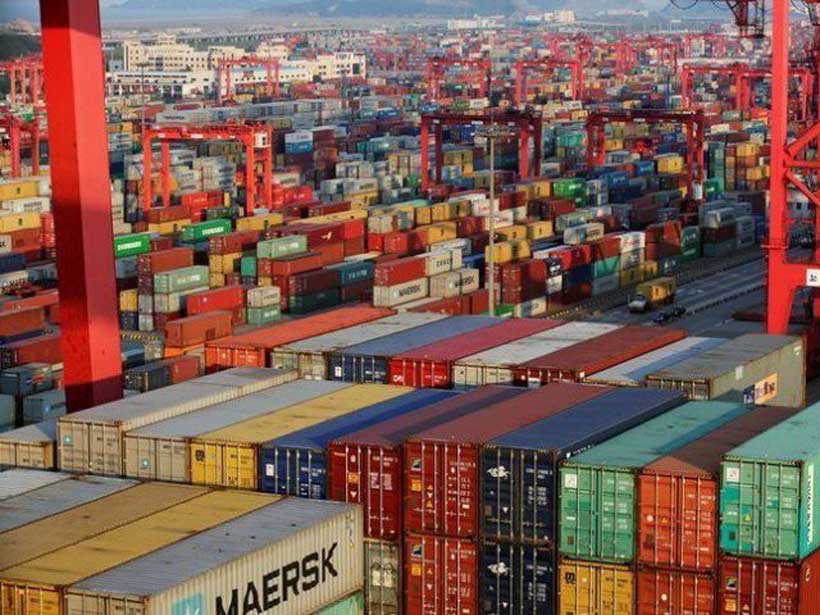Despite steady growth over the last decade, the future prospects for global
services trade are likely to be dampened by the coronavirus (COVID-19)
epidemic, its likely impact on the global travel and transport service export
sectors, and the ongoing slowdown in global goods trade, according to PwC’s
latest Global Economy Watch.
Mixed outlook for global services trade
Service exports account for around 23% of global exports and, while they remain largely exempt from the tariffs inflicted by escalating trade wars, the growth rate of service exports is highly correlated with growth in merchandise exports, highlighting the direct link between trading goods across borders and demand for global transport services.
Looking further ahead into the medium to long-term, the prospects for global services trade are more positive due to continued technological developments, improved access to high-speed internet and real income growth in emerging markets. Barret Kupelian, senior economist at PwC, commented:
“In the short-term, we expect a slowdown in the largest services exports
sector, travel, due to COVID-19. China is the world’s largest source of
international tourists. In 2018, Chinese tourists made 150 million outbound
trips and accounted for around one fifth of global tourism spending. Depending
on how long travel restrictions continue and how wide the spread of the virus
is, there could be significant consequences for the international travel and
tourism sector.
“In the medium to long term, however, the outlook for services exports is more
positive. In our last World in 2050 report, we projected continued growth in
real income levels across both the G7 and E7, which will generate demand for
more services. Continued technological breakthroughs, coupled with the spread
of faster and cheaper internet connections, mean that newer, more specialised
services will continue to be developed, and that it will be easier to trade
these across borders. On the regulatory front, there are also some tentative
steps being made by the World Trade Organization to set rules for the digital
economy, e-commerce and data flows, which could provide an additional impetus
to services trade if successfully concluded.”
Shifting balance of power in services
Most of the initial economic analysis on the potential impact has focused
on the 2003
US, UK and Germany world’s largest service exporters
The effects of the shift in global economic power from the West to the East that first started with the manufactured goods sector is now shifting into the services sector. The G7’s share has steadily fallen from 45% in 2005 to 38% in 2018. Meanwhile, the E7’s share has risen from 9% to 12%.
However, the US continues to be the top global exporter of services with a massive 14% share of the global market. The UK, Germany and France follow with shares of 5-6%. China is now the world’s 5th largest services exporter, overtaking the Netherlands, Spain and Italy. China’s exports of services have grown by an average rate of 8% per annum since 2010 in real US$. Meanwhile, India has overtaken Japan and bagged the 8th spot in the global rankings of service exporters in 2018, up from 14th in 2005.
Globally the fastest growing sector since 2005 has been telecommunications, computer and information services, driven predominantly by the emerging markets. Its share of global service exports has grown from 7% to 10% in the last 15 years and, with global internet users expected to grow from 60% of the world’s population today to around 90% by 2030, growth looks set to continue.
Economic impact of coronavirus
While most of the initial economic analysis on the potential impact of COVID-19 has focused on the 2003 SARS outbreak as a comparator, at the time of the SARS epidemic, the Chinese economy accounted for less than 10% of global GDP in purchasing power parity (“PPP”) terms. Today, China accounts for almost 20%, and for about 11% of total global exports (goods and services) so the economic impact could be substantially larger relative to the SARS episode.
In addition, following China’s entry to the World Trade Organisation in 2001, businesses are increasingly reliant on supply chains that include China, with South East Asian economies more reliant on China as a source of input to their exports, compared to the other advanced economies in the West. Business surveys due out today will start to give an indication of the extent of potential slowdown.


